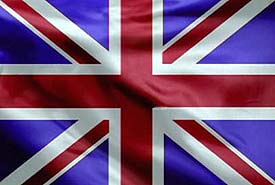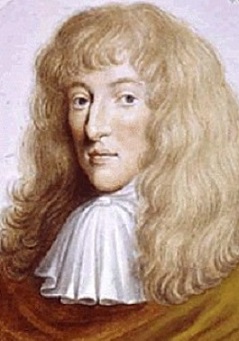 | |
| Born | 16 February 1614 Winchcombe |
| Died | 19 August 1695 | Age 81 |
Christopher Merret 1662
Contents Christopher Merret 1662 Superior Bottles and Corks Sir Kenelm Digby 1663 Bland Imports Natural Sparkle Anglais 'Champagne'
Christopher Merret (1614 – 1695) was an English physician and scientist. He demonstrated his method to add sparkle to wine in 1662.
Merret was born in Winchcombe Gloucestershire England. Although Britain is not renown for wine, it has been produced here for at least 2000 years introduced by the Romans. But the sparkle was added much later.
Superior Bottles and Corks
Bottling wine was a hazardous method for storing wine as French glass was fragile, this led to explosions of flying glass. So barrels was the fall back container, especially for export.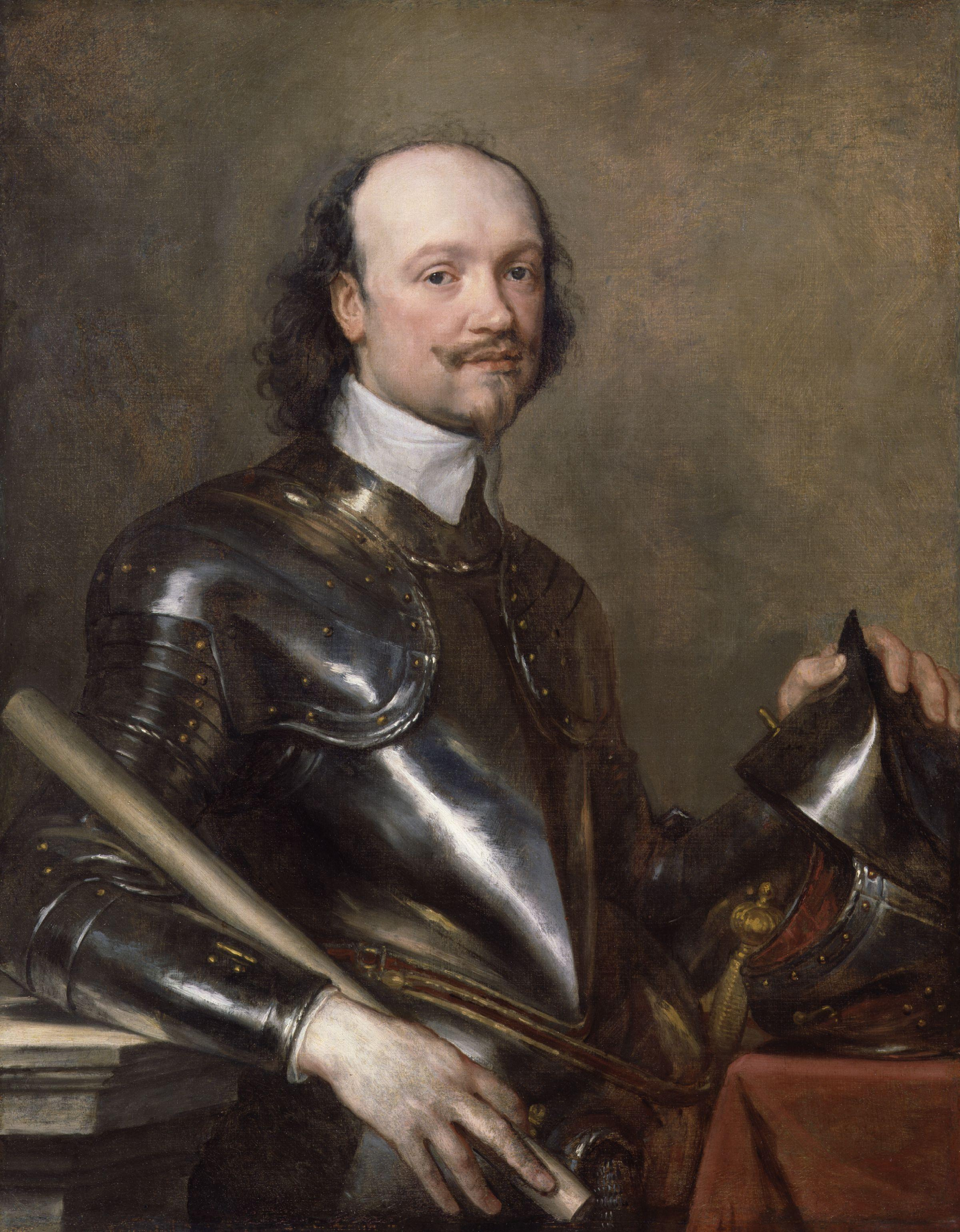
Sir Kenelm Digby 1663
In 1663 Sir Kenelm Digby invented the first wine bottle capable of withstanding the pressure of fermenting wine.Digby owned a glass works. His new manufacturing technique involved a coal furnace, made hotter than usual by the inclusion of a wind tunnel, and a higher ratio of sand to potash and lime. His bottles were so superior they were eventually exported to France where they were called 'vere anglais' English glass.
A retired British Admiral, 'Sir Robert Mansell', while searching for a way to make coloured glass, he had invented a manufacturing process incorporating the use of iron and manganese this also resulted in much stronger glass bottles.
These bottles proved so successful that by the end of the 17th century Britain was producing over 3 million bottles a year.
Also, the English imported cork from Portugal which made a better seal in a bottle than wooden and cloth stoppers that were used in France.
Bland Imports
During this time still wine being brought to Britain from France seemed bland to the English palette as cider was well established with its much livelier quality. As early as 1662 when 'Christopher Merret' presented a paper to the newly formed Royal Society in which he stated that sugar and molasses were being added to wines of all sorts to make them sparkling. Using this process the wine imported from France could be carbonated and made palatable.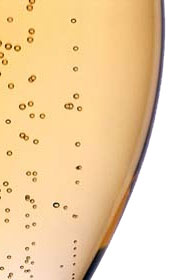
Natural Sparkle
Spontaneous secondary fermentation had occurred in still wines since antiquity; most glass bottles of the time were not strong enough to contain the high pressures generated, and so exploding bottles were an occupational hazard of winemaking. Sir Robert Mansell obtained a monopoly on glass production in England in the early 17th century and industrialised the process; his coal-powered factories in Newcastle upon Tyne produced much stronger bottles than were available in France.
As a result the English could deliberately induce a secondary fermentation in wine without the risk of blowing up the bottle that was a huge hazard in French wine production.
Anglais 'Champagne'
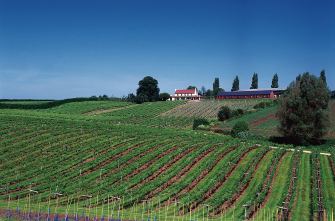
The first mention of 'Sparkling Champagne' was in English, not French. This was in '1676 by Sir George Etherege' who found 'The Elixir of Life'.
This was decades before Dom Pérignon who is traditionally considered to have invented sparkling wine in Champagne around 1697 when he declared “Come quickly, I am tasting the stars’’. French made their first sparkling Champagne, which was in a document produced in 1718.
